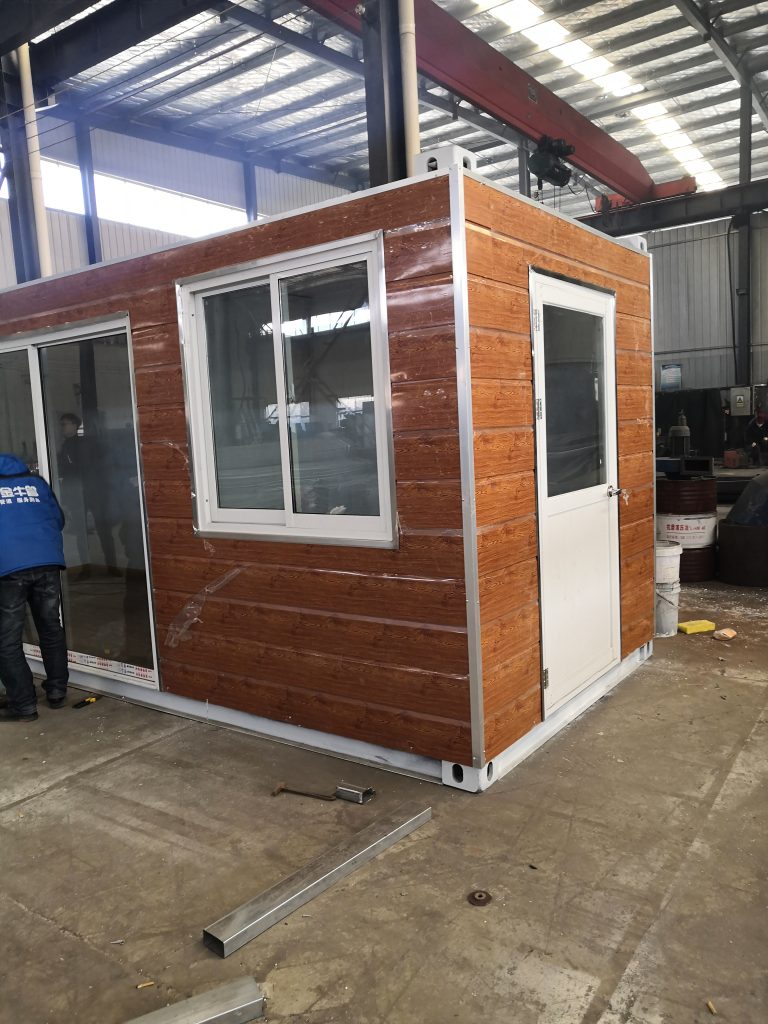Technical application of steel structure in bridge reinforcement
Table of Contents
Benefits of Using Steel Structure in Bridge Reinforcement
Steel structures have long been utilized in the construction industry for their durability, strength, and versatility. When it comes to bridge reinforcement, steel structures offer a number of benefits that make them an ideal choice for ensuring the safety and longevity of these critical infrastructure elements.
One of the primary benefits of using steel structures in bridge reinforcement is their high strength-to-weight ratio. Steel is one of the strongest materials available for construction, allowing for the creation of lightweight yet incredibly strong structures. This is particularly important in bridge reinforcement, where the goal is to add strength and stability without adding unnecessary weight that could put additional stress on the bridge.
In addition to their strength, steel structures are also highly durable and resistant to corrosion. This is crucial in bridge reinforcement, as bridges are constantly exposed to the elements and must withstand a great deal of wear and tear over their lifespan. Steel structures are able to withstand harsh weather conditions, heavy traffic loads, and other environmental factors that can cause deterioration in other materials.
Furthermore, steel structures are incredibly versatile and can be customized to fit the specific needs of a bridge reinforcement project. Whether a bridge requires additional support in the form of beams, trusses, or other structural elements, steel can be fabricated to meet these requirements. This flexibility allows engineers to design and implement reinforcement solutions that are tailored to the unique challenges of each bridge.
Another key benefit of using steel structures in bridge reinforcement is their ease of installation. Steel components can be prefabricated off-site and then transported to the bridge location for assembly. This not only speeds up the construction process but also minimizes disruption to traffic and reduces overall project costs. Additionally, steel structures can be easily modified or replaced if necessary, making them a cost-effective and efficient choice for bridge reinforcement projects.
In terms of sustainability, steel structures are also a more environmentally friendly option compared to other materials. Steel is highly recyclable and can be reused multiple times without losing its strength or durability. This reduces the need for new raw materials and helps to minimize the environmental impact of bridge reinforcement projects.
Overall, the technical application of steel structures in bridge reinforcement offers a wide range of benefits that make them an ideal choice for ensuring the safety and longevity of bridges. From their high strength-to-weight ratio and durability to their versatility and ease of installation, steel structures provide a reliable and cost-effective solution for reinforcing bridges and ensuring their continued functionality for years to come. By leveraging the unique properties of steel, engineers can design and implement reinforcement solutions that meet the specific needs of each bridge while also contributing to a more sustainable and resilient infrastructure system.
Design Considerations for Steel Structure in Bridge Reinforcement
Steel structures have long been utilized in the construction of bridges due to their strength, durability, and versatility. When it comes to reinforcing existing bridges, steel structures play a crucial role in enhancing the overall stability and load-bearing capacity of the bridge. In this article, we will explore the technical application of steel structures in bridge reinforcement, focusing on design considerations that engineers must take into account to ensure the successful implementation of these structures.
One of the key design considerations when incorporating steel structures in bridge reinforcement is the structural analysis of the existing bridge. Engineers must carefully assess the current condition of the bridge, including its load-carrying capacity, structural integrity, and potential areas of weakness. This analysis helps determine the type and extent of reinforcement required to enhance the bridge’s overall performance.
Once the structural analysis is complete, engineers can begin designing the steel structures that will be used for reinforcement. This process involves selecting the appropriate type of steel, determining the size and shape of the structures, and calculating the necessary load-bearing capacity. It is essential to consider factors such as the bridge’s span, traffic volume, and environmental conditions when designing steel structures for reinforcement.
In addition to the design of the steel structures themselves, engineers must also consider how these structures will be integrated into the existing bridge. This includes determining the best placement of the structures, ensuring proper alignment with the existing components, and coordinating with other construction activities to minimize disruptions to traffic flow. Proper integration of steel structures is essential to ensure the overall stability and functionality of the reinforced bridge.
Another important design consideration for steel structures in bridge reinforcement is the material properties of the steel itself. Engineers must select steel that is not only strong and durable but also resistant to corrosion, fatigue, and other forms of deterioration. This ensures that the steel structures will maintain their integrity and performance over time, even in harsh environmental conditions.
Furthermore, engineers must consider the fabrication and installation of the steel structures when designing bridge reinforcement. This includes determining the most efficient and cost-effective methods for manufacturing the structures, as well as ensuring proper quality control measures are in place to guarantee their structural integrity. The installation process must also be carefully planned to minimize disruptions to traffic and ensure the safety of workers and the public.

In conclusion, the technical application of steel structures in bridge reinforcement requires careful consideration of various design factors to ensure the successful implementation of these structures. From structural analysis and design to material selection and integration, engineers must take a comprehensive approach to incorporating steel structures into existing bridges. By following these design considerations, engineers can enhance the overall stability and load-bearing capacity of bridges, ensuring their long-term performance and safety for years to come.







